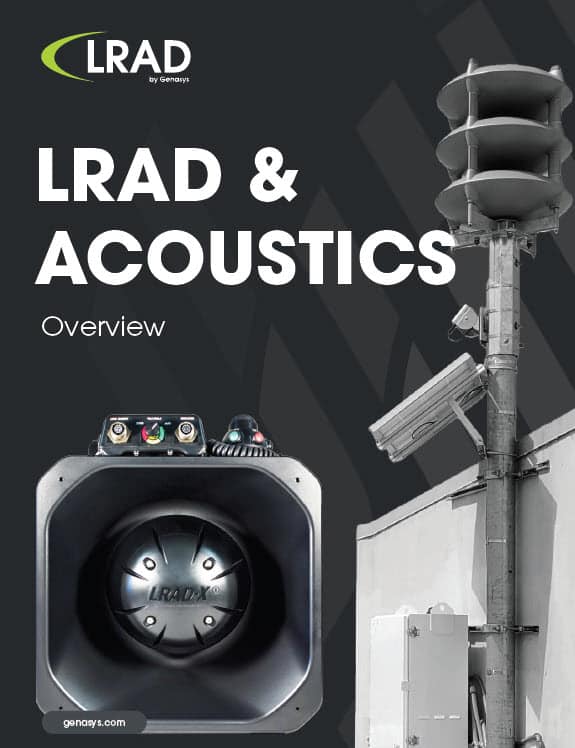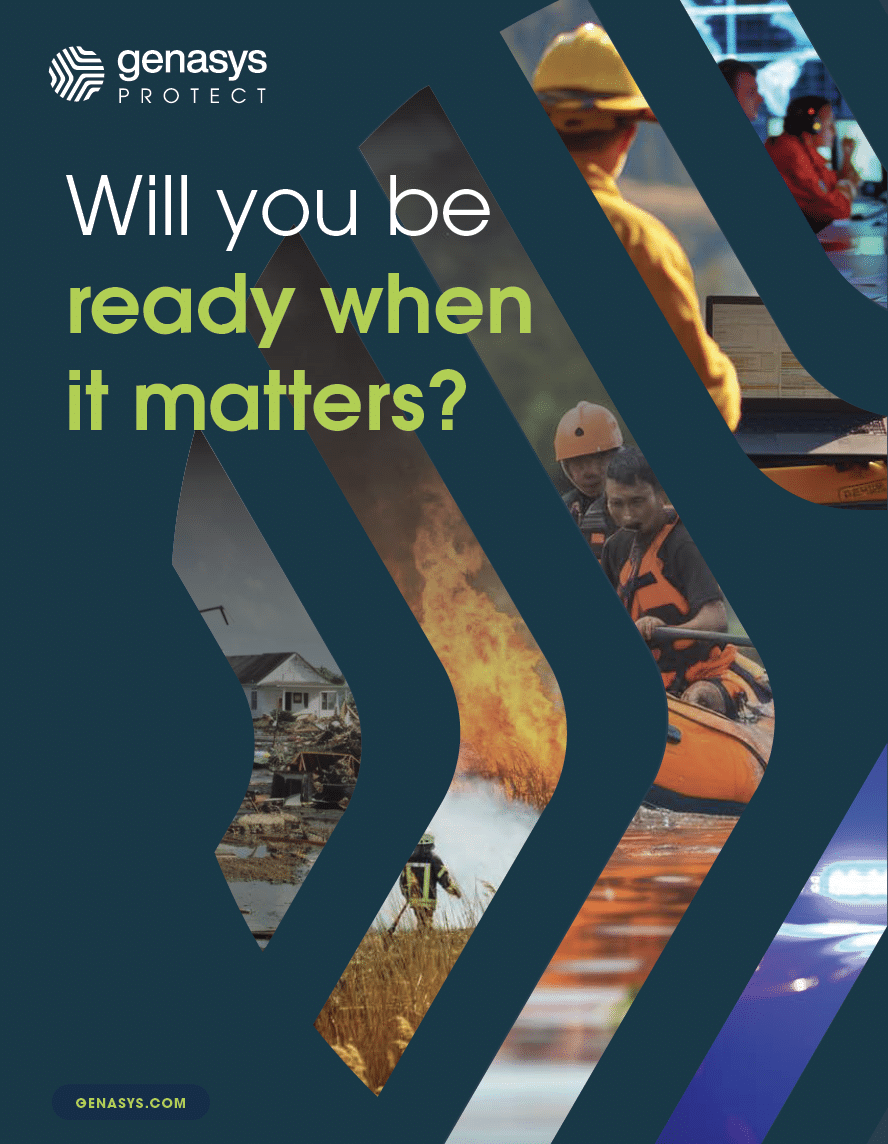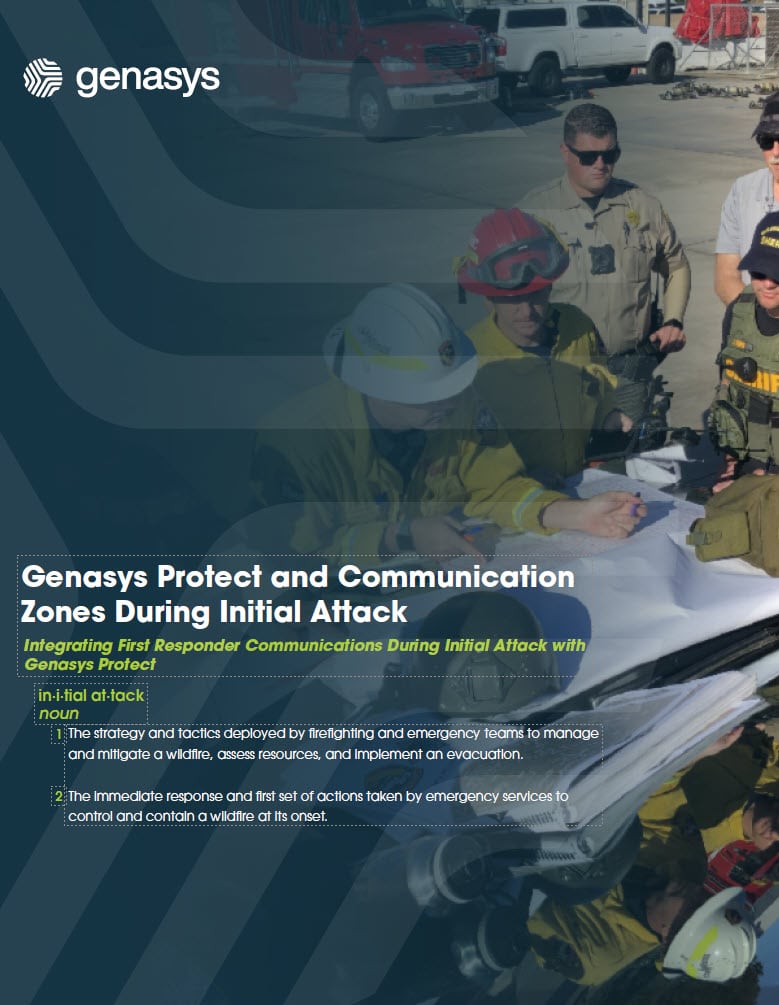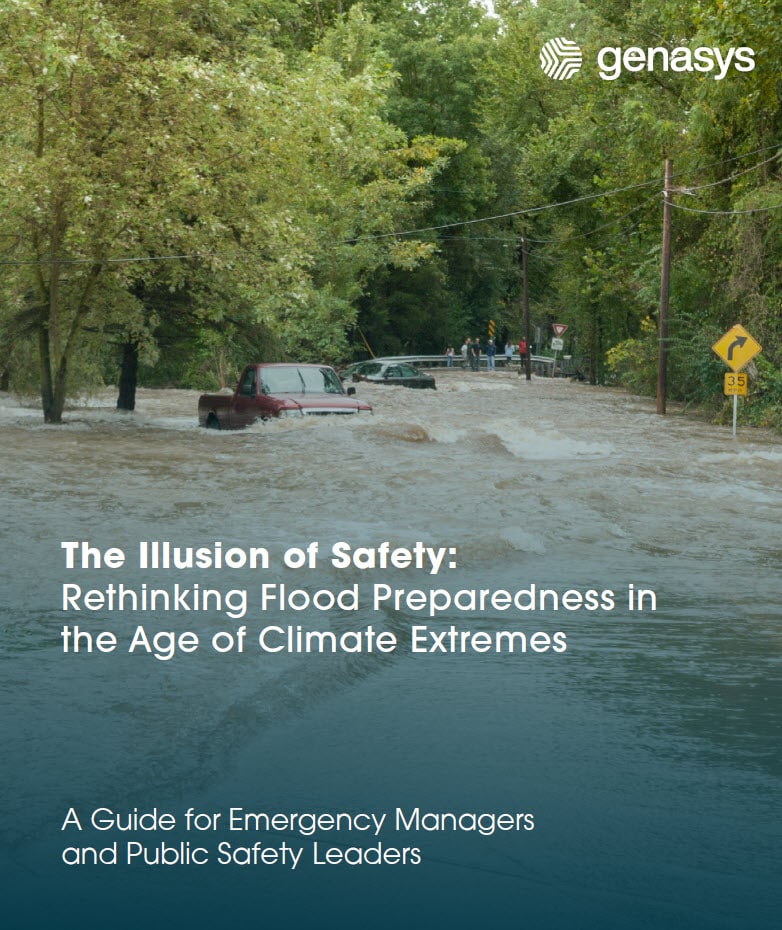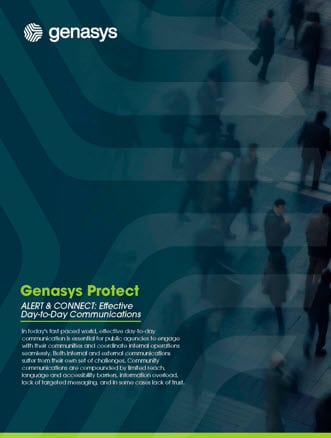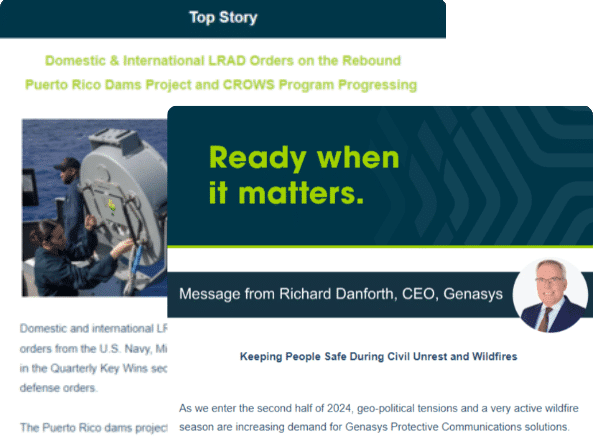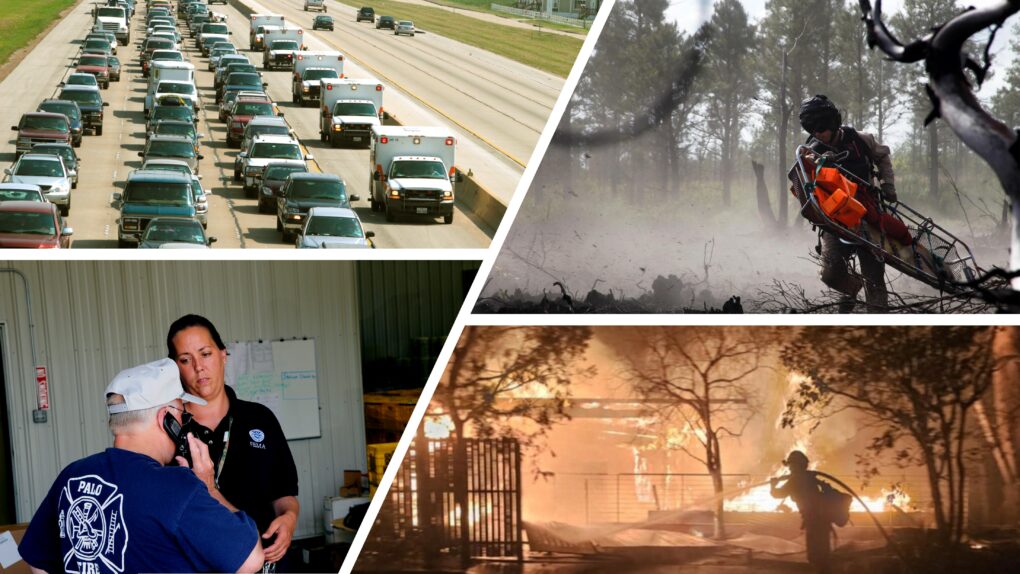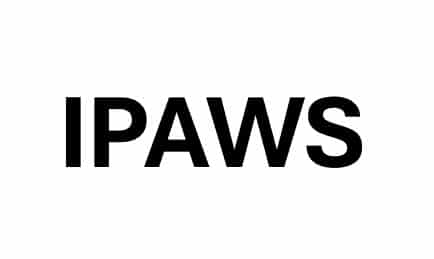The Integrated Public Alert and Warning System (IPAWS) is an architecture that unifies the United States’ Emergency Alert System, National Warning System, Wireless Emergency Alerts, and NOAA Weather Radio under a single platform. IPAWS was designed to modernize these systems by enabling alerts to be aggregated over a network and distributed to the appropriate system for public dissemination.

Today, IPAWS is used to broadcast messages on your cellphone, TV, local radio stations, satellite radio – and potentially any other means of mass communication. Counties and cities are increasingly adopting tools like Genasys to issue messages to their constituents in an easy and effective manner. One of the strongest aspects that IPAWS offers – is that it is a unified system capable of broadcasting messages nationwide in a matter of seconds. Such capabilities naturally come with strict permissions set on alert issuers – What kind of messages are you allowed to publish, and where are you allowed to publish them geographically? There’s no reason, for example, California Highway Patrol should broadcast a message to a county in Alabama.
The authority that approves your application to issue messages on IPAWS is FEMA: it regulates the types of messages you could broadcast and the FIPS codes you are allowed to broadcast to. FIPS codes can be thought of as ZIP codes for your mail, and they define the area of activation of the broadcast signal when you initiate a WEA alert. When the message from the originating tool, like Genasys, is sent to FEMA gateways, it is then delivered to all cell carriers in the area with instructions to broadcast the message to a particular FIPS code. Every single cell tower within the FIPS code receives the payload and starts the broadcast – which in turn arrives at every cell phone currently attached to the cell tower in the activated area.

Now, this “divide and conquer” approach can create problems for the cities and counties that share state lines or, in general, are working closely together in everyday life but are separated by FIPS code on the FEMA administrative map: you may not be able to publish to another county’s FIPS code anymore. To solve this, FEMA came up with the concept of COG to COG (Collaborative Operating Group) communication. When applying for IPAWS permissions, an issuing authority can include neighboring FIPS codes and justify this by explaining that in the normal course of business, it would be beneficial to be able to publish to other administrative entities.
This is a partial solution as the counties and cities are now dependent on the skill of operators publishing alerts (weather alerts, wild fire, other emergencies) to include the neighboring entities at the time of publishing – which may not always work as intended: you could get alerts you are not interested in, or, even worse, miss a critical alert because you were not included in targeting.
Genasys solves all of these issues with our innovative IPAWS Watch – with our IPAWS implementation, you can monitor the entire nationwide feed live, as alerts are published to it by any authority across the nation. In addition to the full contents of the published alerts, IPAWS Watch also gives you the ability to see everything on the GIS map: what polygons were defined by the issuing agency – and overlap them with live data from our maps: weather patterns, live traffic, wildfires detected by satellite – all of this comes as a standard package of Genasys IPAWS.
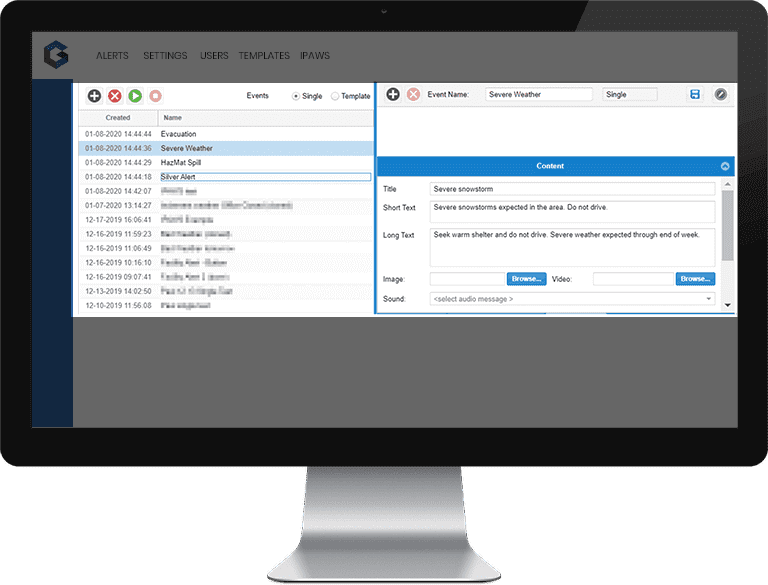
The nationwide could be monitored manually in an Emergency Operations Center, or you can set up automated business rules to trigger any parameter of the IPAWS CAP payload, from keywords that it contains to issuer name, severity, instruction, message – or a combination of those. Now, you can rest assured you will be notified any time an emergency happens in an area of your interest.
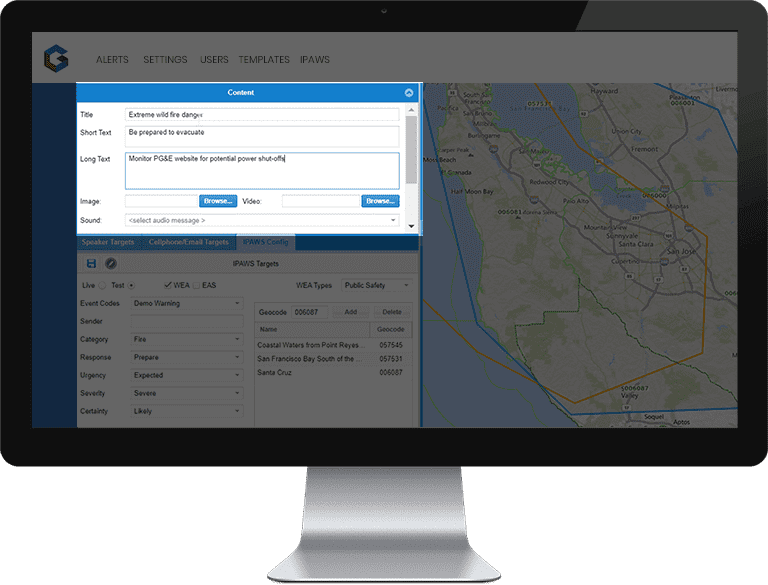
Once a rule triggers, it can activate a defined template in your system to launch an alert within your administrative boundaries. The triggered alert is also completely configurable: for example, if you are a California country bordering Oregon state, and you are interested in Oregon State Police issuing alerts about mountain passes being closed or severe storms moving in, you can set up a watch rule to trigger on weather alerts from OSP and initiate an SMS and Email alert to your agency people only. Now, your agency stakeholders are notified immediately when a neighboring entity is issuing warnings and can take appropriate action.
For the most severe alerts, you can also set up an automatic re-broadcast of the alert to the public, including IPAWS, as well as all other methods of communication: LRAD speakers for outdoor mass notification, phone calls, email, SMS, social media – Genasys supports a full array of mass notification modalities to suit your needs.
Contact us today for a demo of Genasys Protect to see how we can help you with your emergency communications.

